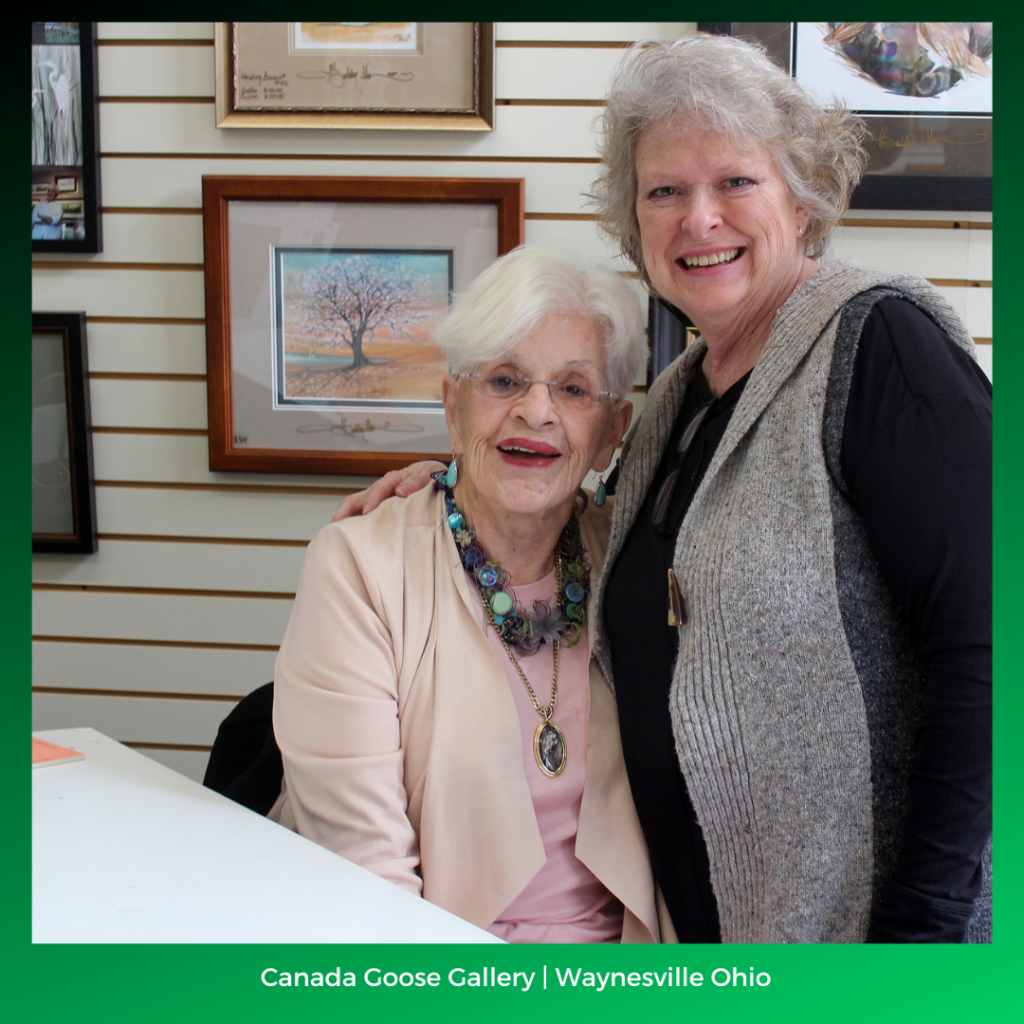
The Art of Collecting Rare Prints
A Guide for Enthusiasts and New Collectors
Rare art is highly sought after by collectors for its uniqueness, exclusivity, and emotional connection. When it comes to rare art, especially limited edition prints that artists like P. Buckley Moss have used extensively, several important factors determine the rarity and value of each piece.
What Makes Art Rare?
The limited number of prints often determines a rarity in art in an edition and the artwork’s condition. Once a print edition sells out, it becomes rare, increasing its value to collectors. However, to retain this value, the artwork must remain in mint condition, with vibrant colors, no fading, and professionally preserved framing. Any exposure to direct light or use of non-acid-free materials can diminish its value, reducing the piece’s appeal as a rare item.

Condition is Key
For a rare print to maintain its high value, it must meet strict condition criteria:
- Original Colors: Colors should remain true to the artist’s vision. Fading due to light exposure is common in older prints, especially lithographs, but modern giclée prints are more durable.
- Professional Framing: UV-protected glass and acid-free materials help preserve the print, maintaining its rarity value.
- Secondary Market Reports: For P. Buckley Moss prints, any sale above the original issue price can update the artwork’s value, provided it is reported to the artist’s galleries. Without these reports, values may not reflect current market interest.

P. Buckley Moss: A Case Study in Rare Art
- Buckley Moss’s art has unique appeal due to its themes and family-oriented subject matter. Her limited editions are sought after for their quality and emotional resonance.
- For collectors, purchasing a rare Moss piece often means more than an investment—it’s a connection to places, family memories, and personal stories that collectors love and want to be reminded of when hanging specific artworks in their homes.
For those seeking to invest, consulting with a Moss dealer familiar with the secondary market and the original state of the artwork is essential. Faded art, while still beautiful, is not considered a mint-condition collectible.

Artist Proofs: The Jewel of Rare Editions
In rare editions, artist proofs are often seen as the most valuable. Limited to small quantities, typically around 25 pieces, artist proofs are used by the artist to approve the edition before release and are marked distinctly from the regular prints. These proofs are valued higher than regular prints and can offer a more exclusive option for collectors looking for a premium edition piece.
For new art buyers who are drawn to certain limited edition pieces that are artist-proof, owning such exclusive pieces makes the display of such artwork more valuable and fun! Art should be a fun experience just as much as it is an investment.
Tips for Buying and Collecting Rare Art
- Buy What You Love: While investment is appealing, buy pieces that resonate with you personally.
- Condition Matters: A faded or damaged print will have less value. When buying a secondary market print, look for professional framing and preservation.
- Consult an Expert: Dealers familiar with the secondary market can help you find valuable pieces and offer insight into condition and value.

If you’re looking for rare pieces or just inspiration, browse the extensive collection at Canada Goose Gallery by our rare category to find a Moss print that tells a story close to your heart.
FAQ on Rare Art
- What qualifies a piece of art as “rare”? A piece of art becomes rare when its edition sells out and limited prints are available on the market. Condition, popularity, and the demand for the artist also influence rarity.
- Does the condition of a rare print affect its value? Yes, the condition is crucial. Mint-condition prints, with colors intact, UV-protected framing, and no exposure to harmful elements, retain a higher value than those that are faded or poorly preserved.
- What is the secondary market, and how does it affect the value of rare art? The secondary market includes resales of art pieces, often at galleries or auctions. When rare prints sell for higher than the original price on this market, it can increase the overall value if these sales are reported.
- Are faded prints still considered rare? While they may still be rare, faded prints are generally valued less because they do not preserve the original colors intended by the artist. Faded prints are often appreciated more for their aesthetic than investment value.
- What is an artist proof, and why is it valuable? An artist proof is a special set of prints used by the artist to approve an edition before it’s released. With typically only 25 proofs, they are highly valued for their exclusivity and direct connection to the artist’s creative process.
Canada Goose Gallery in Waynesville, Ohio. Learn More